We have all heard the stories of UAV’s (unmanned aerial vehicle) used by the military and well known for taking lives!
Well, here comes the Ambulance Drone that saves lives! This is certainly to be part of future technology as Drones increasingly are being used as delivery vehicles. Drones are being seriously being considered in many areas of the business world and undergoing active testing with a few major transportation companies in North America.
However, none are more unique in concept than the use of a Drone, medically equipped with a defibrillator, and able to get to a person suffering from a heart attack within a few minutes! This would drastically reduce the time taken by paramedics to get to the scene of such an event, and the person would receive critically needed life-saving assistance almost immediately.
The creator of this marvelous concept is a young man whose name is Alec Momont. Alec has created this potentially life-saving adaptation to a Drone that has the capability to save the lives of thousands of people who suffer sudden heart attacks, thanks to its ability to reach these people quickly. The medically equipped Drone, weighing just 8.8 pounds, is capable of speeds up to 60 mph. They can reach areas in heavily trafficked areas or restricted locations where EMT’s may be delayed for those critically important few minutes when first aid is urgently needed to save a life!
Well over 800,000 people suffer a cardiac arrest in Europe every year! Their odds of survival, however, are at an incredibly low 8%. The main reason for this is the relatively long response time for emergency relief to be administered – around 10 minutes on average, while brain deaths occur within four to six minutes.
Ambulance Drone tests have shown that it is possible to deliver a defibrillator to any patient within a 4.6 square mile area in one minute!
The first minutes after an accident are critical and essential to provide the right care to prevent the escalation of the patient’s condition. Speeding up emergency response time can prevent deaths and accelerate recovery dramatically. This is notably true for heart failure, drowning, traumas, and respiratory issues.
Life-saving technologies such as an Automated External Defibrillator (AED), medication, Cardiopulmonary Resuscitation (CPR) aids can be designed compact enough to be carried by a drone. For the Ambulance Drone, a new type of frame developed and fitted with a compact flying toolbox containing essential supplies for (lay-person) advanced life support. Portability and foldability help the Drone to be used in many locations, outdoors, and indoors.
From a layman’s point of view, and someone who has personally witnessed a close relative suffers this type of agonizing and sudden onset of cardiac arrest, I see the many possibilities for this type of life-saving, medically equipped Drone incorporating an AED device.
After the initial shock of seeing my father fall unconscious to the ground after his heart attack, I was unprepared due to my lack of knowledge, the confusion, and the absolute horror of possibly losing my father at his relatively young age of 51! I was totally unprepared to take any decisive action to save his life.
I made a decision right then that I was not going to be caught unprepared like that ever again. I enrolled in a CPR class within days. My dad survived his first heart attack and lived many more years, thankfully. Unfortunately, I never had the opportunity to help save someone’s life with my CPR training but will always remember the terror of seeing someone suffer and not being able to help!
No doubt, in the future, we will see many more new adaptations to the utilization of Drones. Many of them are under active study with the vision of improving services, both personal and business-related.
Drones, initially designed as toys, and over the past 25 years, have evolved into major commercial tools for individuals, corporate uses, and now potentially as life-saving devices.
Wait to see what incredible and amazing inventions are just around the corner!
Submitted by
Dave Rohee

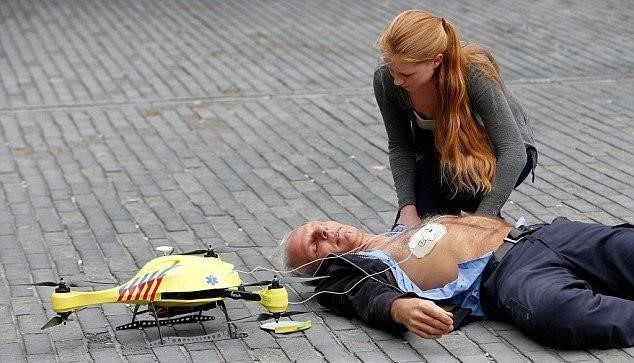
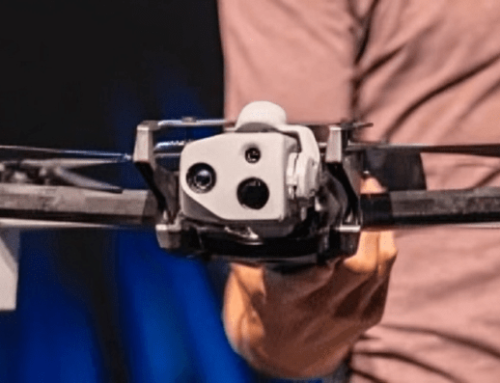
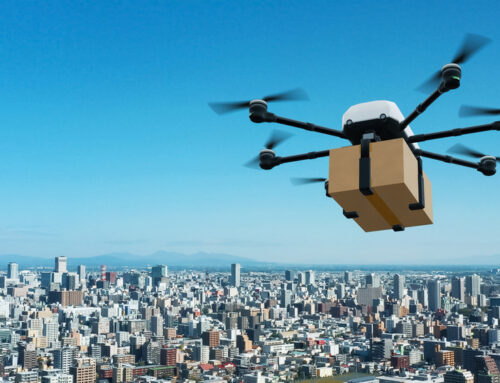
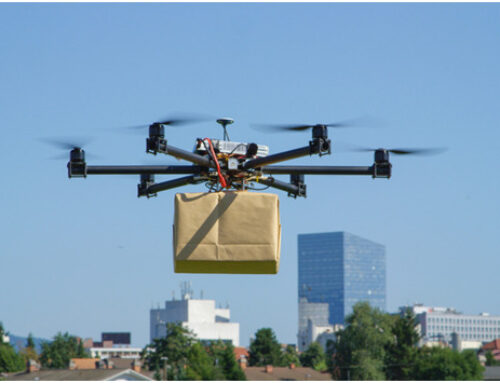
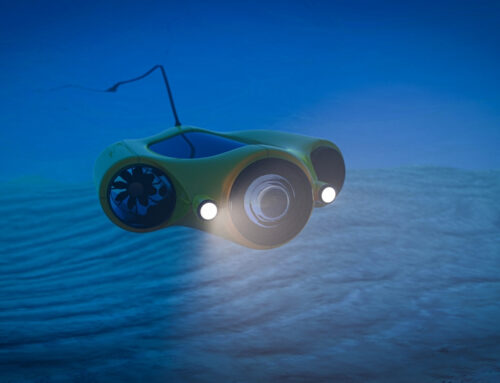
Leave A Comment